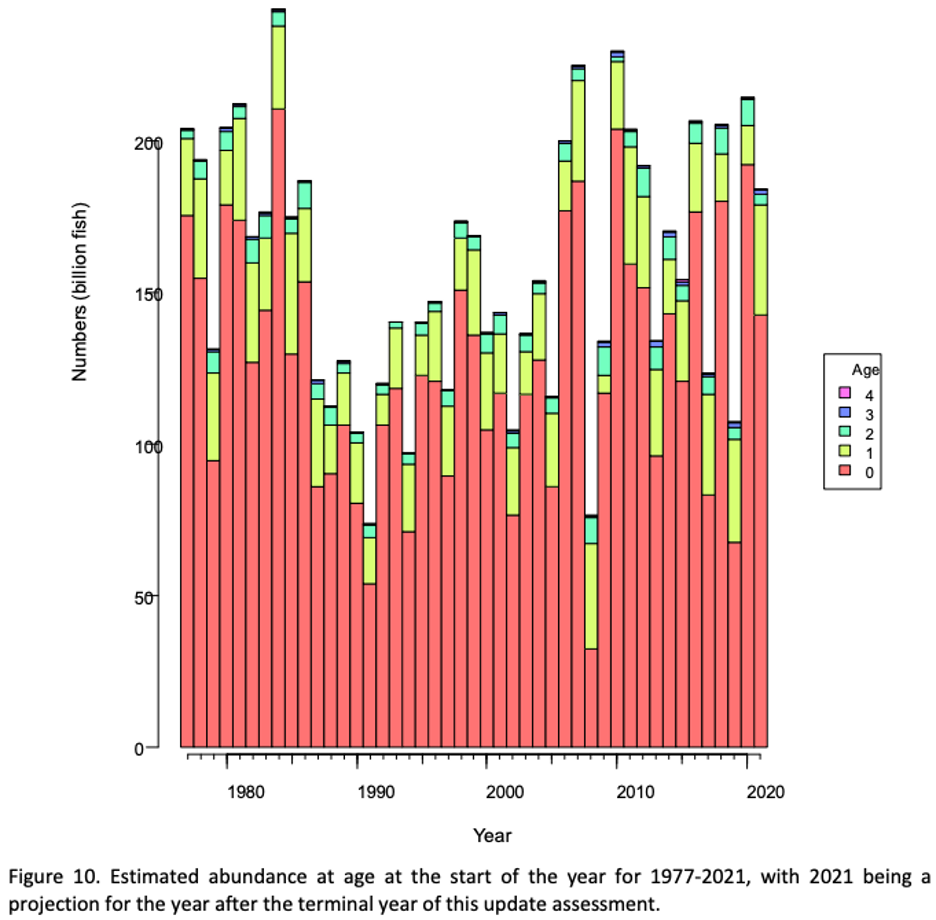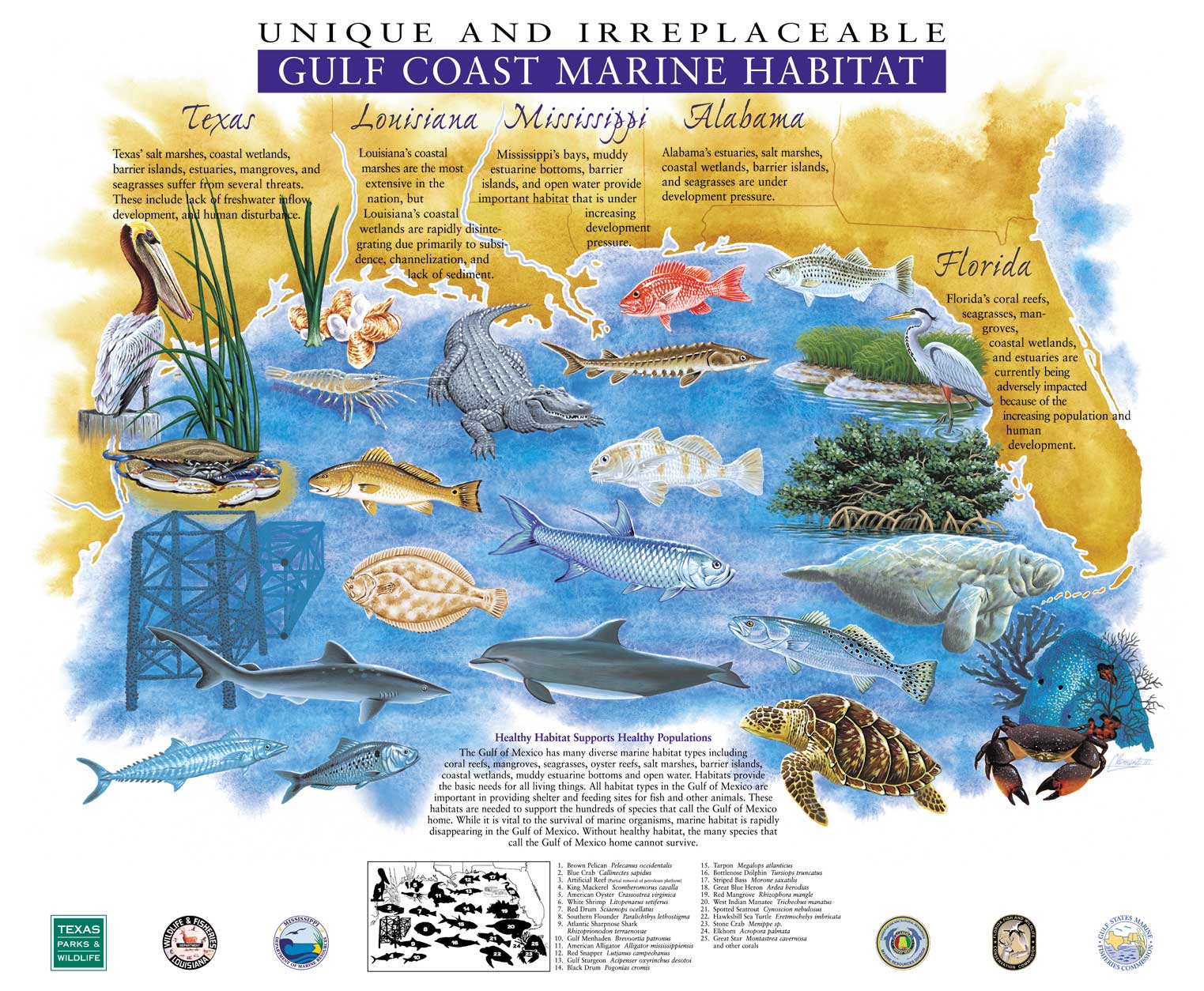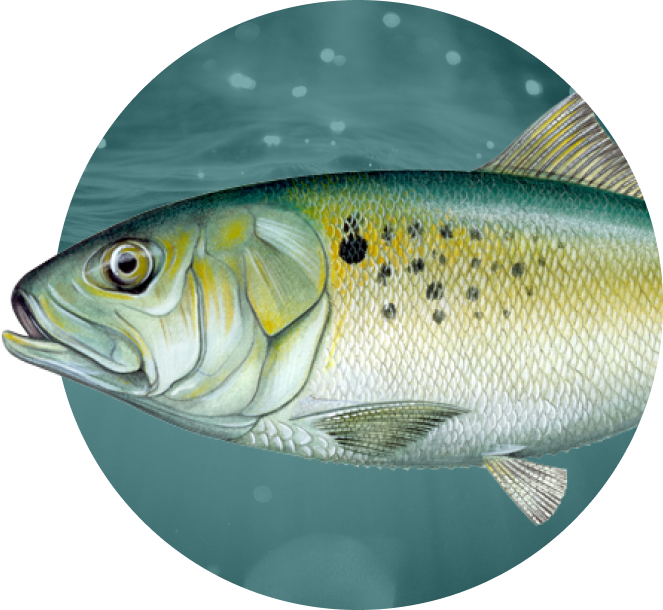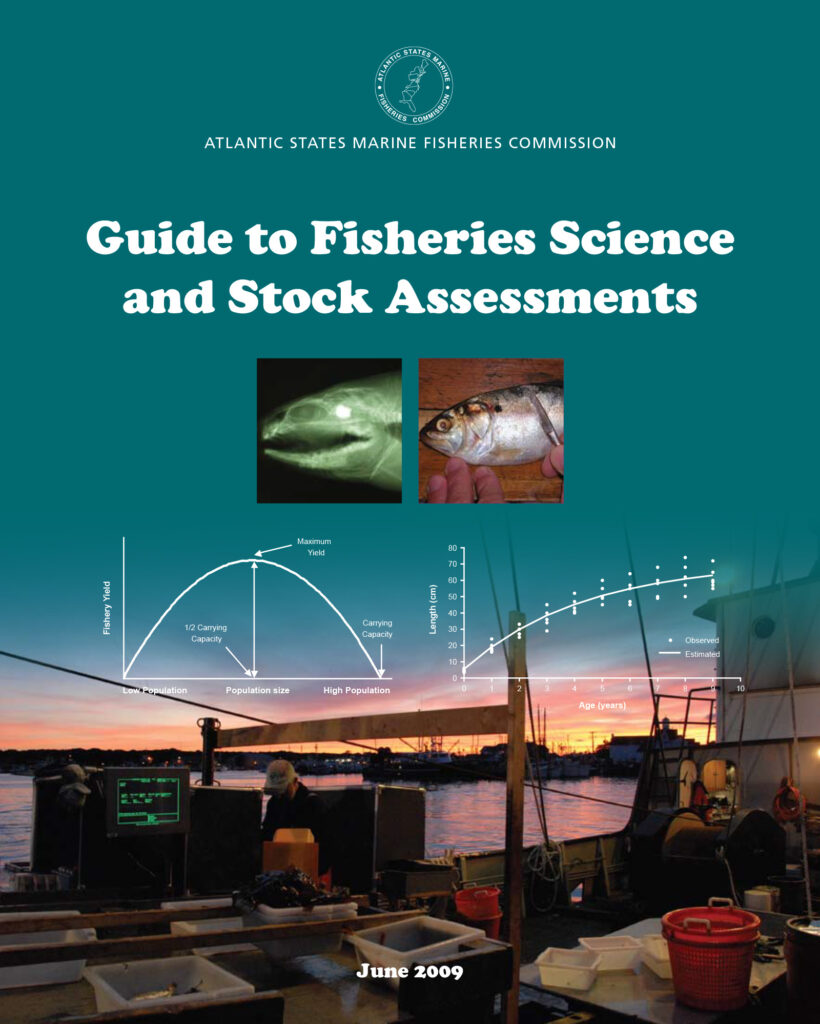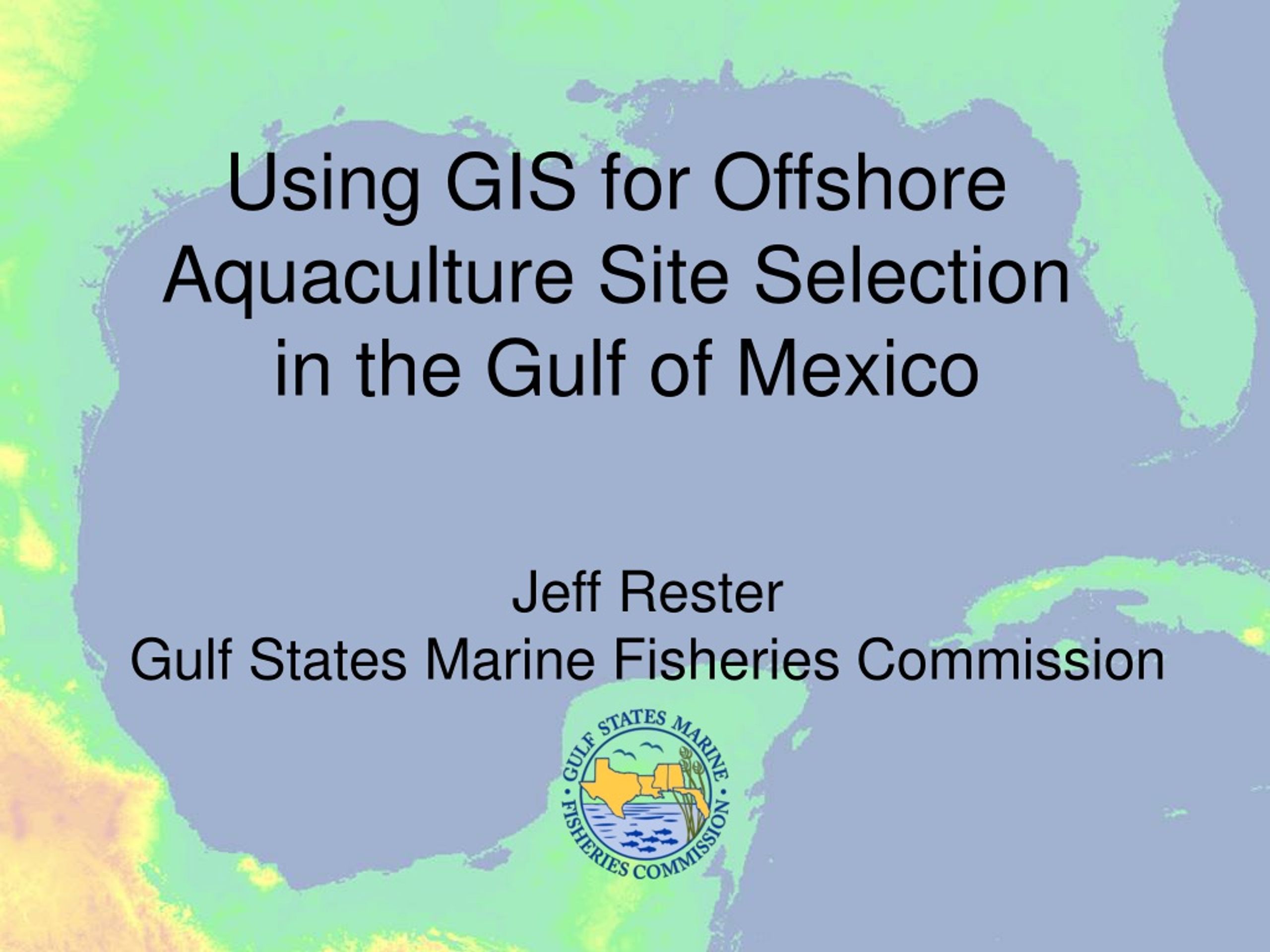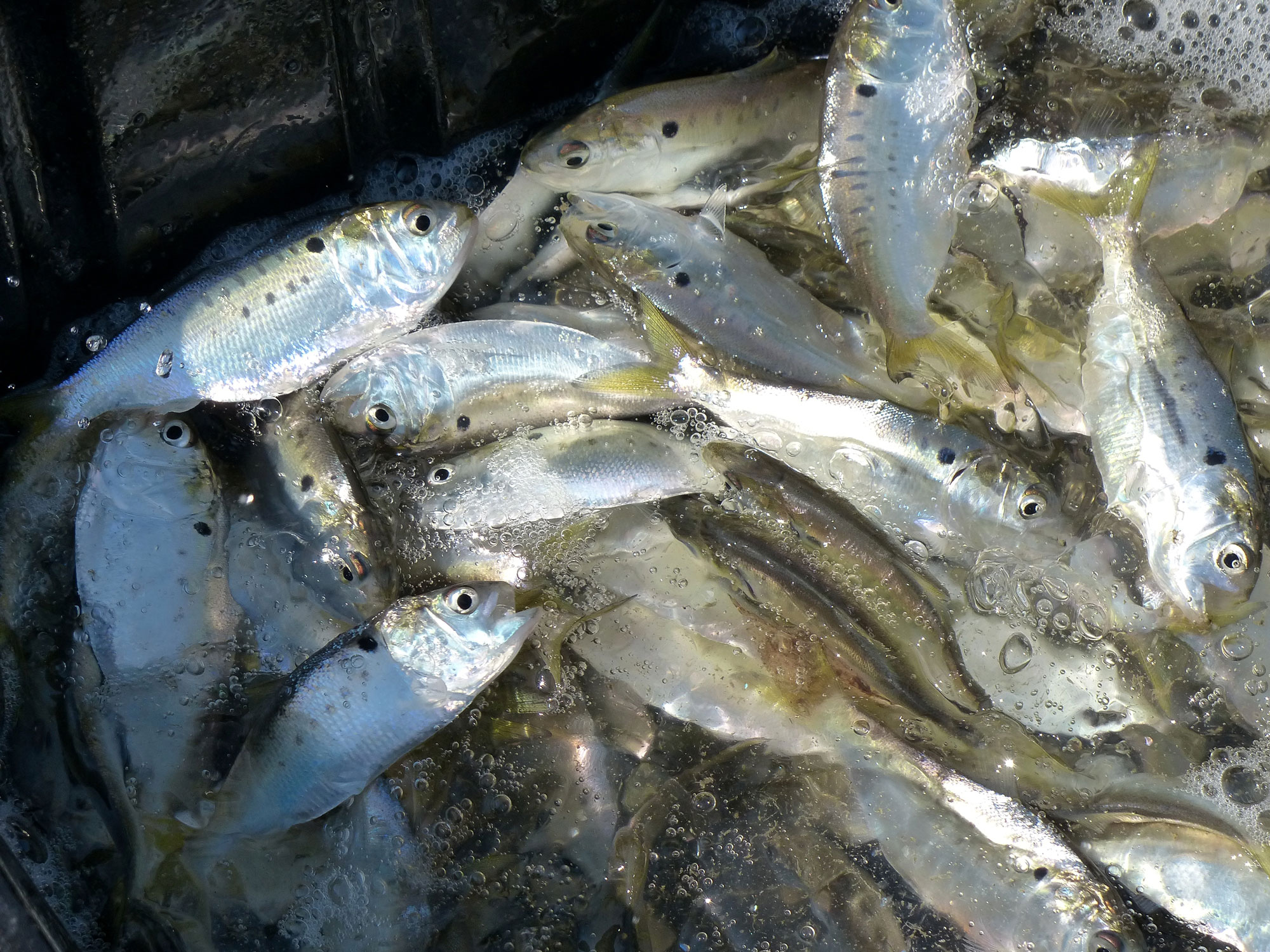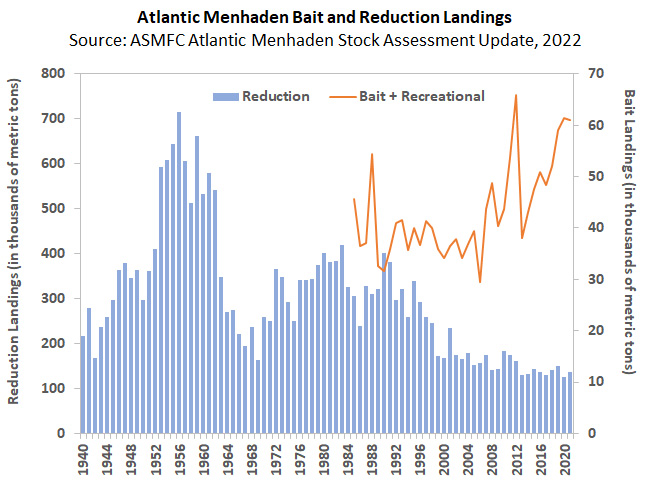Gulf States Marine Fisheries Commission Menhaden Assessment

The Gulf States Marine Fisheries Commission (GSMFC) recently released its latest assessment of the Gulf menhaden stock, a small, oily fish crucial to the Gulf of Mexico ecosystem and a major player in the region's commercial fishing industry.
This assessment, conducted periodically, is critical for informing management decisions and ensuring the long-term sustainability of the menhaden population and the industries that depend on it. It provides a comprehensive look at the health of the stock, considering factors such as population size, fishing mortality rates, and recruitment levels.
What the Assessment Found
The 2023 assessment, using data up to 2022, indicates that the Gulf menhaden stock is not overfished and overfishing is not occurring. This finding is consistent with previous assessments and provides some reassurance to fishermen, conservationists, and resource managers.
The assessment utilizes sophisticated statistical models to analyze data collected from various sources. These include fishery-dependent data, such as catch statistics and age composition of the catch, as well as fishery-independent data, such as scientific surveys conducted by state and federal agencies.
Key metrics analyzed include spawning stock biomass (SSB), fishing mortality (F), and recruitment (the number of new fish entering the population). The assessment compares these metrics to established reference points to determine the health of the stock.
Key Findings Summarized:
- Spawning Stock Biomass (SSB): Above the target reference point, indicating a healthy reproductive capacity.
- Fishing Mortality (F): Below the threshold reference point, suggesting that fishing pressure is sustainable.
- Recruitment: Fluctuates naturally, but remains within historical ranges.
The GSMFC also considered the menhaden stock's role as a forage fish in the ecosystem. The assessment acknowledges the importance of menhaden as a food source for many other species, including striped bass, tuna, and various seabirds.
This consideration is crucial for implementing an ecosystem-based approach to fisheries management. It ensures that management decisions not only protect the menhaden stock but also account for its ecological role.
Who is Involved?
The Gulf States Marine Fisheries Commission plays a central role in coordinating the assessment process. The GSMFC is an interstate compact formed by the five Gulf states – Alabama, Florida, Louisiana, Mississippi, and Texas – to promote the responsible management of marine resources.
The assessment itself is conducted by a team of scientists from state and federal agencies, as well as academic institutions. These experts bring a diverse range of expertise in fisheries science, stock assessment modeling, and ecosystem ecology.
Stakeholder engagement is also a key component of the assessment process. The GSMFC actively seeks input from fishermen, conservation groups, and other interested parties to ensure that the assessment reflects a broad range of perspectives.
Why is this Assessment Important?
The menhaden fishery is economically significant for the Gulf of Mexico region. Menhaden are primarily used for reduction, meaning they are processed into fish meal, fish oil, and other products used in animal feed, aquaculture, and human supplements.
Effective management of the menhaden stock is essential for ensuring the continued economic benefits of the fishery. The assessment provides the scientific basis for setting fishing quotas and implementing other management measures.
Beyond economics, the health of the menhaden stock is vital for the Gulf of Mexico ecosystem. Menhaden filter feed on plankton, helping to maintain water quality. They also serve as a crucial link in the food web, transferring energy from primary producers to higher trophic levels.
The Process and Future Implications
The assessment is not a one-time event but rather a continuous process. Data collection and analysis are ongoing, and the assessment is updated periodically to incorporate new information.
The results of the assessment are used by the GSMFC to develop and implement a menhaden fishery management plan. This plan includes specific management measures designed to ensure the sustainability of the stock.
Looking ahead, the GSMFC is working to incorporate more sophisticated modeling approaches into the assessment. This includes exploring the use of ecosystem models that can better account for the complex interactions between menhaden and other species.
This ongoing effort to refine and improve the assessment process reflects the commitment of the GSMFC and its partners to ensuring the long-term health of the Gulf menhaden stock and the ecosystem it supports.
A Fisherman's Perspective
“Knowing that the menhaden stock is healthy gives us some peace of mind,” said Captain Joe Miller, a local fisherman who has been working the Gulf for over 30 years. "It's good to see the science backing up what we've been observing on the water."
However, Captain Miller also emphasized the need for continued vigilance. "We need to keep monitoring the stock closely and adapt our fishing practices as needed to ensure its long-term sustainability."
The voices of those directly impacted by fisheries management are crucial to shaping responsible and effective policies.
The latest Gulf menhaden assessment provides valuable information for managing this important resource. While the current assessment is positive, the GSMFC will continue to monitor the stock and adapt management strategies as needed to ensure its long-term health and the sustainability of the Gulf of Mexico ecosystem.
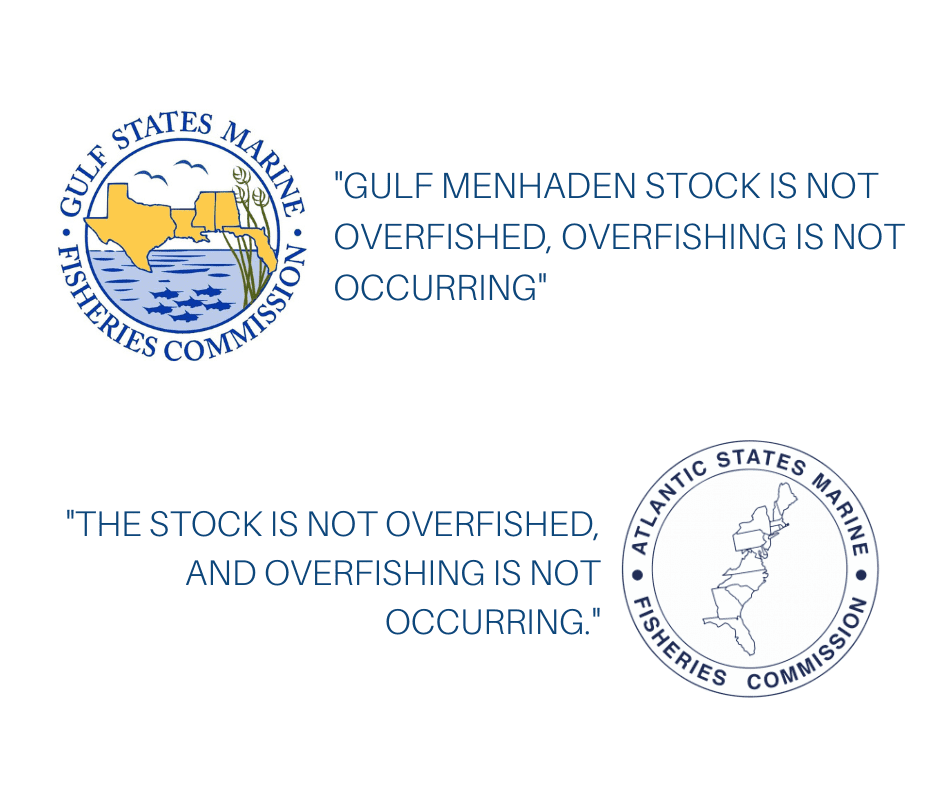
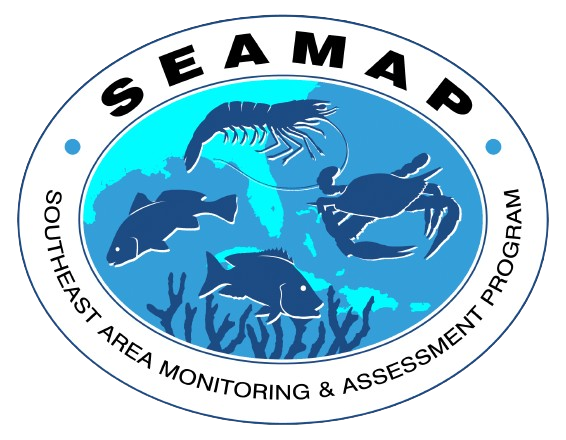
.png?format=1500w)

